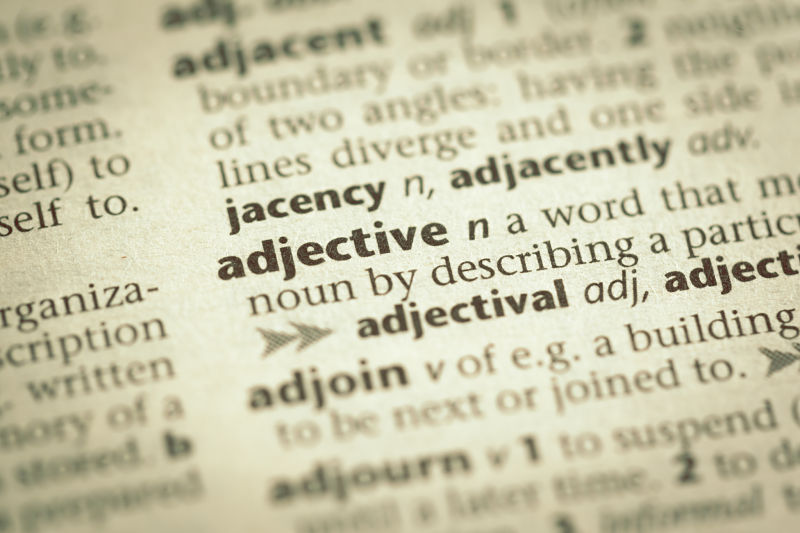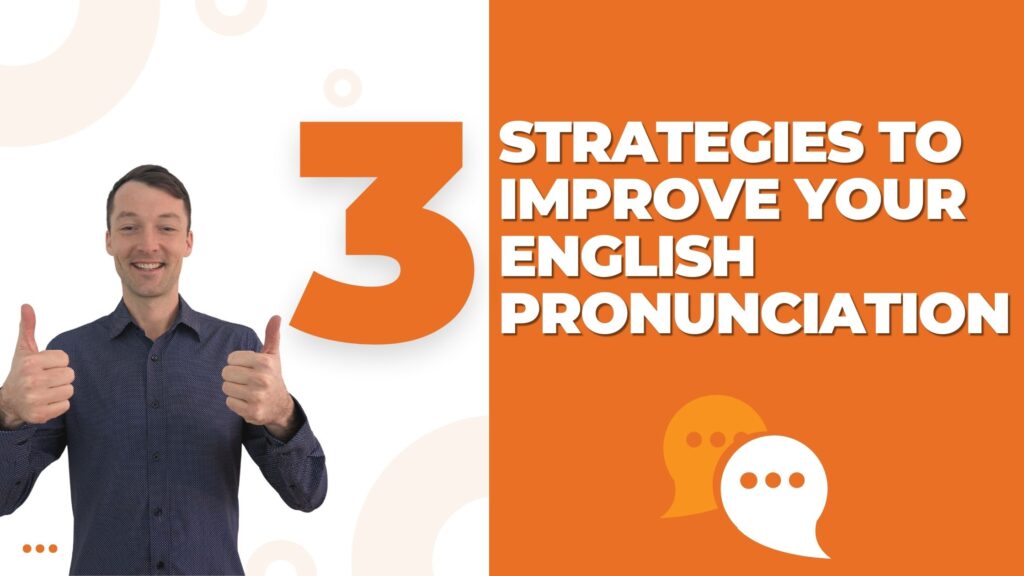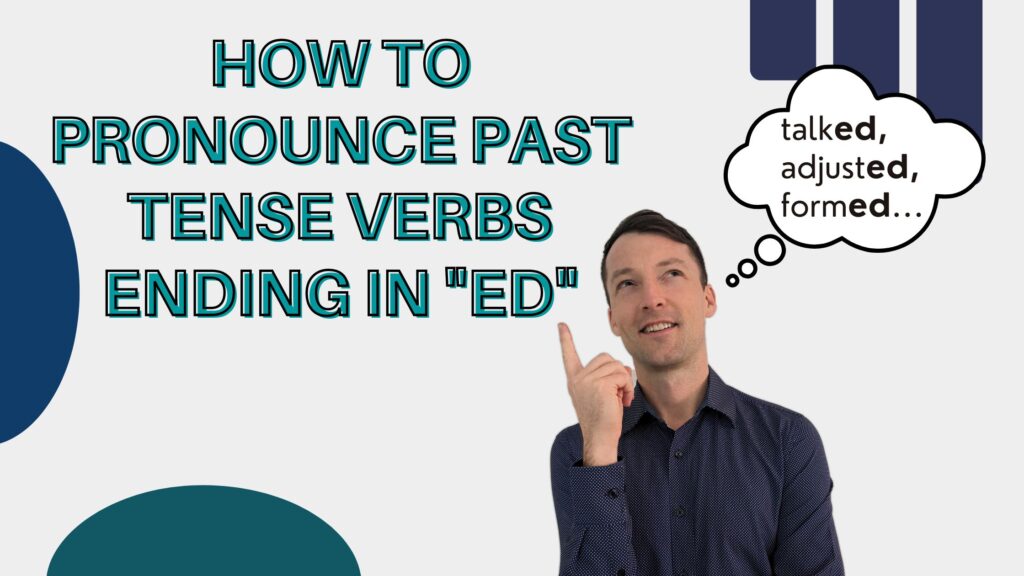Adjectives ending in -ed or -ing can be confusing. For example, when the bilingual mother of my friend answered the phone and it was a sales call, she would politely reply, “I’m not interesting,” and hang up. In fact, she is a very interesting person. She just was not interested in the sales offer. She was confused about which adjective to use because many languages use different grammatical forms to express the different meanings between an adjective with an -ed or -ing ending.
Adjectives ending in -ed or -ing: How to use them
In Spanish, this difference is mostly expressed by using either ser or estar when talking about people. In English, there is only one “be” verb, so there are different endings on the adjectives to show the difference between “Soy aburrido” y “Estoy aburrido.”
Adjectives that end in an -ed usually describe the emotions or feelings of a person. Estoy aburrido = I am bored.
- I am bored.
- He is amazed.
- They are not interested.
Adjectives that end in an -ing usually describe the thing or person that caused the emotion. Soy aburrido = I am boring.
- That movie is boring.
- That book is amazing.
- The pictures are not interesting.
A few more examples that show the relationship between -ed and -ing endings:
- I am bored because the movie is boring.
- He is amazed because the book is amazing.
- They are not interested because the pictures are not interesting.
Los adjetivos que terminan en -ed o -ing en inglés pueden ser confusos. Por ejemplo, cuando la madre bilingüe de mi amiga respondió el teléfono y era una llamada de ventas, ella respondió amablemente “I’m not interesting” y colgó. Pero, de hecho, ella es una persona muy interesting (interesante). Ella simplemente no estaba interested (interesada) en la oferta de ventas. Ella estaba confundida sobre cuál adjetivo usar porque muchos idiomas usan diferentes formas gramaticales para expresar los diversos significados entre un adjetivo que termina en -ed o en ing.
Adjetivos que terminan en -ed o -ing: cómo usarlos
En español, esta diferencia suele ser expresada usando los verbos ser o estar cuando hablas sobre las personas. En inglés, no obstante, sólo hay un verbo “be”, entonces hay diferentes terminaciones de adjetivos para motrar la diferencia entre “soy aburrido” y “estoy aburrido”.
Los adjetivos que terminan en -ed, suelen describir las emociones o sentimientos de una persona. Estoy aburrido = I am bored.
- I am bored. (Estoy aburrido/a)
- He is amazed. (Él está asombrado)
- They are not interested. (Ellos/as no están interesados/as)
Los adjetivos que terminan en -ing, suelen describir la cosa o la persona que causa la emoción. Soy aburrido = i am boring.
- That movie is boring. (Esa película es aburrida)
- That book is amazing. (Ese libro es asombroso)
- The pictures are not interesting. (Las fotos no son interesantes)
Unos ejemplos más para mostrar la relación entre las terminaciones -ed y -ing:
- I am bored because the movie is boring. (Estoy aburrido/a porque la película es aburrida)
- He is amazed because the book is amazing. (Él está asombrado porque el libro es asombroso)
- They are not interested because the pictures are not interesting. (Ellos/as no están interesados/as porque las fotos no son interesantes)




